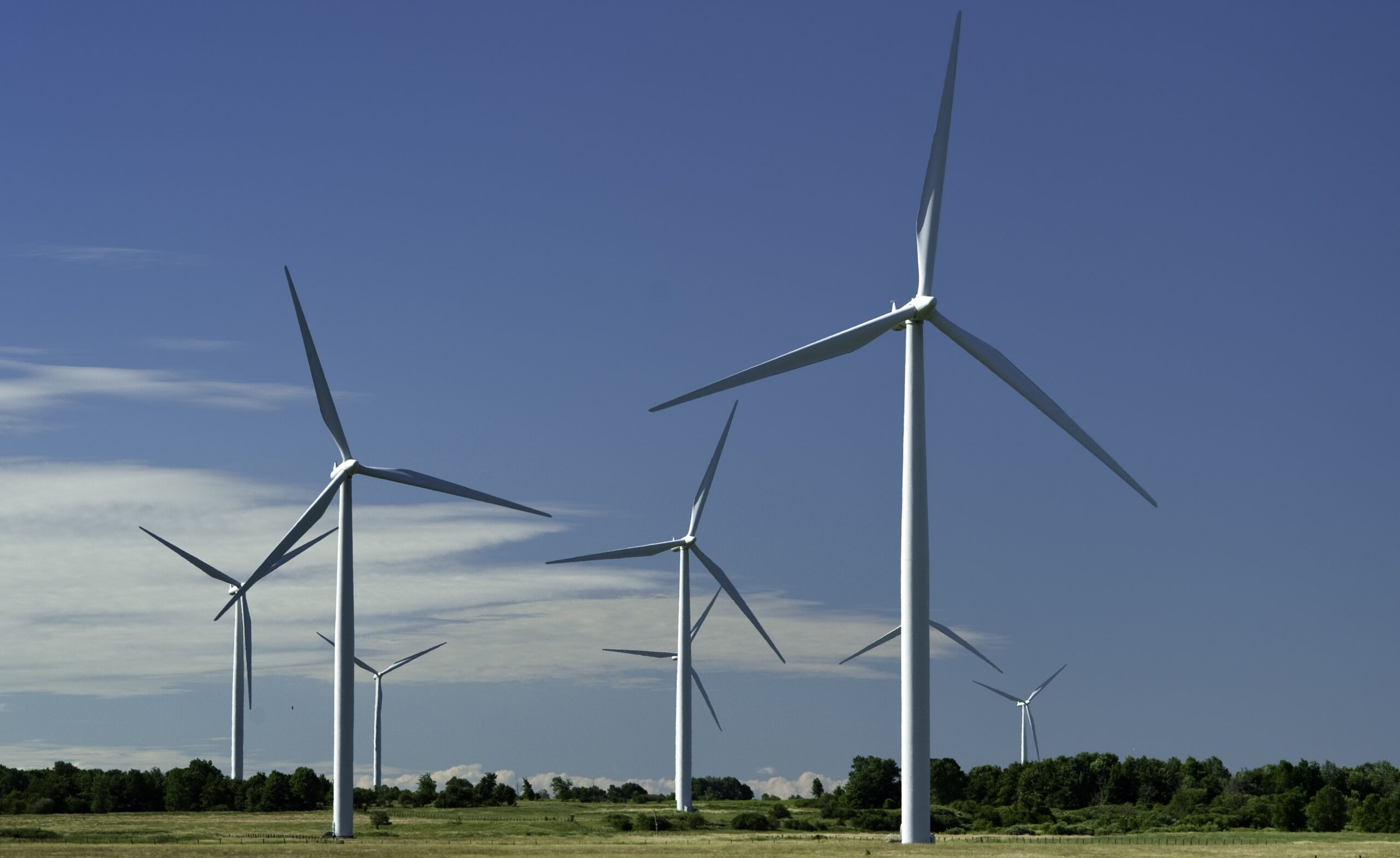Canada invests $224M in Nova Scotia wind farm project
The project willl support Nova Scotia’s largest industrial power user, Port Hawkesbury Paper and the provincial energy grid.

Key Takeaways:
- The Goose Harbour Lake Wind Farm will generate 168 MW of zero-emission electricity, reduce emissions by over 350,000 tonnes annually, and support Nova Scotia’s energy transition from coal to renewables. It also aids the economic well-being of the province by supplying electricity to Port Hawkesbury Paper, a key regional employer.
- The Canada Infrastructure Bank (CIB) is supporting the 13 Mi’kmaw First Nations, represented by Wskijinu’k Mtmo’taqnuow Agency Ltd. (WMA), to acquire a 10% equity stake in the project through an Indigenous equity loan. This initiative ensures Indigenous participation and governance, granting a board position to the First Nations group.
- Financed under CIB’s $10 billion Clean Power priority sector, the $224.2 million loan demonstrates strategic investment in large-scale renewable energy projects to address financing gaps.
The Whole Story:
The Canada Infrastructure Bank (CIB) is providing $224.2 million in loans to help Port Hawkesbury Paper Wind Ltd build a large-scale wind energy project and support 13 Mi’kmaw First Nations, through Wskijinu’k Mtmo’taqnuow Agency Ltd. (WMA), buy a 10% stake in the project.
The Goose Harbour Lake Wind Farm involves construction and installation of 24 Nordex N163-7.0MW cold climate turbines at a 118 metre hub height with anti-icing system blade technology, producing zero-emission, sustainable electricity generation capacity of 168 megawatts. The lead building team is RES Canada Construction LP.
The wind project will support Nova Scotia’s largest industrial user of electricity, Port Hawkesbury Paper and the provincial energy grid.
Government officials stated that the paper mill is a significant contributor to the economic well-being of Nova Scotia, and particularly the eastern region of the province. Economic impact studies confirmed the mill directly employs approximately 325 people, and contracts another 900 jobs, employing hundreds of forestry contractors and suppliers.
The project will create 150 jobs at peak of construction, up to five permanent jobs during the operations phase.
The Indigenous equity loan is the second to WMA, following a deal last year related to an energy storage project in Nova Scotia.
The wind farm is expected to reduce energy production emissions by more than 350,000 tonnes a year, equivalent to 2.4 per cent of Nova Scotia’s emissions in 2021, and help the province’s energy transition, moving from coal to renewables.
Commercial operations are expected to begin in 2026.
The project is being financed under the CIB’s $10 billion Clean Power priority sector, which is dedicated to addressing financing gaps in new projects such as renewables, district energy systems and energy storage.
“Our latest clean power investment in Nova Scotia supports sustainable economic development in the Atlantic province and the delivery of electricity to a paper mill which is a large Nova Scotia employer,” said Ehren Cory, CEO, Canada Infrastructure Bank. “The $203.9-million investment will help build one of Nova Scotia’s largest wind energy projects and support all First Nations in the province to buy a meaningful equity stake and have a voice through a board position in the project.”
